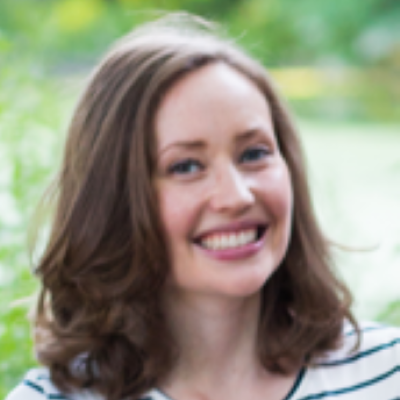In recent years, research on the relationship between content knowledge and reading achievement has proliferated. Without sufficient background knowledge, analysts find, students struggle in reading—a pressing concern, as more than two-thirds of American fourth graders cannot yet read proficiently. Statistics are even more troubling for fourth graders from underserved groups: 79 percent of Hispanic students, 83 percent of Black students, and 89 percent of students with disabilities score below proficient on national reading assessments.
How, then, can we build students’ content knowledge, both for its own sake and to improve reading achievement? To this end, a new report from the National Council on Teacher Quality (NCTQ) investigates institutional gaps in preparing elementary school teachers to enter the classroom.
Since 2006, NCTQ’s Teacher Prep Review series has evaluated teacher preparation programs and made recommendations for better serving prospective educators and thus their future students. For this latest review, researchers studied university catalogs and course, program, and concentration descriptions for undergraduate-level elementary teacher programs at 437 institutions. They analyzed courses that covered the science and social studies topics most essential to elementary classroom instruction, since the early years are critical for building a knowledge base. Once students reach middle and high school, it may be too late for them to “catch up” with knowledge-wealthier peers.
Overall, NCTQ found that most teacher preparation programs offer enough courses to cover most of the science and social studies content that their candidates need to know. Yet only 3 percent actually require their prospective educators to pursue this range and depth of study. In many cases, teacher candidates receive insufficient guidance about what courses will best prepare them. At one school, for example, the irrelevant course option “Sports History and American Character” counts toward the same credit as “American Government.” In other cases, requirements compel candidates to choose between equally important topics. A prospective teacher might have space in her course load to take Introductory Biology or Earth Science, but not both.
Further, a handful of key topics—world history, economics, and engineering—are not available at all to most candidates. At first glance, engineering might not seem like vital knowledge for a first grade educator, but the report highlights the benefits of classes like Drexel University’s Teaching Engineering Concepts to Children, pointing out that interest and background knowledge in STEM fields should start early.
Accompanying NCTQ’s digital report is its Content Coverage Tool, which allows users to explore detailed findings for the institutions included in the study. A course analysis page for each institution features a table of relevant courses and key topics they address. At Auburn University, for instance, Dynamic Earth partially covers the Earth & Space Sciences knowledge base that NCTQ considers crucial for elementary school teachers. Then, on each institution’s personalized recommendations page, NCTQ identifies its “most aligned” courses, calculates how much recommended content could be studied by a teacher candidate, and offers key recommendations for improving content coverage.
Although many teachers-to-be are not currently developing the knowledge base they need, NCTQ explains, institutions can do more to promote relevant courses, as well as revise and add courses to address missing content. And if preparation programs are truly serious about better preparing future educators, they may want to go further than the report’s recommendations by actually changing coursework requirements. Equipping young people with stronger content knowledge will not only improve reading achievement, but also better prepare them for college, career, and citizenship—and the steps outlined in NCTQ’s report offer a good place to start.
SOURCE: Building Content Knowledge, National Council on Teacher Quality (February 2023).


